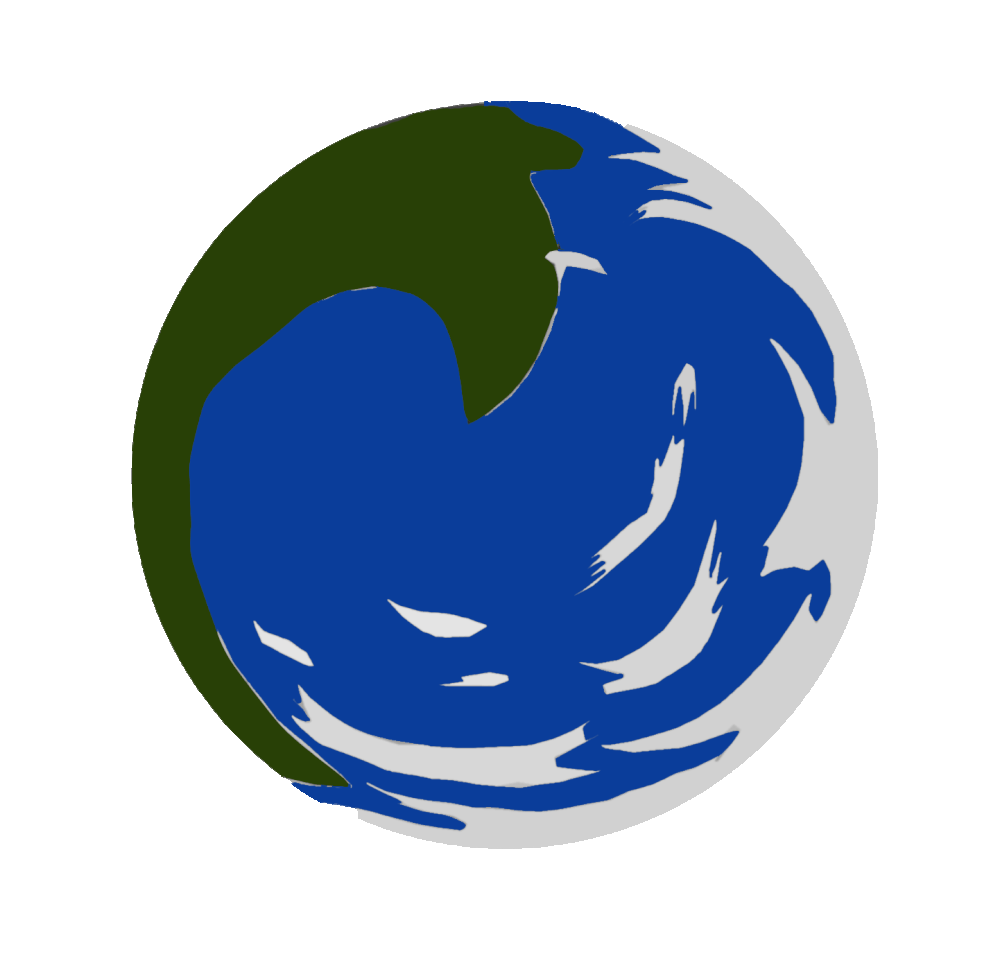About at month ago I was sitting in the studio pondering the concept of creating art, when I was struck with a rather profound thought. “Art is the process of amplifying reality in order to create an emotional response.” For a long time I wanted to build this idea into a live show, but there isn’t much here for that. Thus, I will expand on the concept here.
While this isn’t meant to take the place of my “What is Art” post, it instead should supplement it and give you greater insight into the creative mind. So what about this concept of “amplified reality.” Think about it logically for a moment. Whether we’re talking 2D or 3D, Traditional or Digital, Contemporary or Historical; art in every age, medium, and style from abstract to realism seeks to mimic and amplify reality into something profound. Even absolute photorealistic painters understand this very well. A brush stroke at it’s very core imitates reality. To imitate something and make it seem believable you often are using techniques to trick the brain into processing images into different emotional states.
Take for example optical illusions, most famously the work of M.C. Escher. Much of his work while yes is mathematical, still needs to have a visually artistic and aesthetic portion to seem relatable to the human eye. Escher’s work is primarily architectural and he knew how to bend the visual rules in order to change the perception of reality. Looking at one of his works you are forced to debate in your own mind if such a structure is even possible in the first place. Just when you feel confidant you’ve figured it out, your eye tells your brain it’s wrong again.
For a painter it’s often about using brighter or duller colors to create a mood within a painting. Such a mood of color, paired with complex psychological color theory, triggers the viewer in and emotional response of anything from joy to anger and everything in between. Scientifically speaking a painting is just an image and an image by itself doesn’t have meaning. However, as culturally educated humans, we give meaning to color, shapes, symbols, and forms that both as artists and viewers create a connection within the image.
Abstract art takes what is already familiar and distorts it. An abstract reality is distorted from one emotion and often works to make us feel another. Abstract landscape painters are often understand this well. Using texture in their paintings rather than details on the forms, they can manipulate emotion through movement. A textured horizon line in red and yellow, can be just as impactful as a details in a sunset if executed properly.
So I say it again... “Art is the process of amplifying reality in order to trigger an emotional response.” Let your art not simply be something that imitates reality, but enhances it in your own unique way. Being able to amplify, enhance, and interpret the world as you see it and then turn it outward to create art, is the core of being an artist.
